While not everyone can be a marine biologist, a meteorologist, or a conservation ecologist, anyone can contribute to the wealth of data that these experts use and study. Our own Monitoring program uses data gathered by community scientist volunteers and staff members to keep an eye on long-term trends in water quality, bacteria levels, and other factors that influence stream and bay health. (We are not working with volunteers at this time due to COVID-19 precautions, but we look forward to having our volunteers back in the field as soon as it’s safe to do so.)
Today, we’re sharing a few ways that you can help move science forward from home. You can participate in all of these projects while taking COVID-19 health precautions including social distancing and wearing a mask. Here’s to getting more involved in science while staying safe and close to home!
Marine debris projects
Clean Swell
This simple app created by the Ocean Conservancy, allows you to keep track of all your shoreline cleanup efforts anywhere in the world. Whether it’s a #2minutebeachclean or a big group cleanup, you can record what you picked up and even add some photos before tossing the trash in the can. When you submit your findings on the app, it adds to a growing database managed by the Ocean Conservancy that can inform scientists, local agencies, and the community about what trash is problematic and ending up on our shores.
Our partners at ECOSLO organize countywide Coastal Cleanup Day efforts and enter all of the data into the Clean Swell App. They also use the app throughout the year.
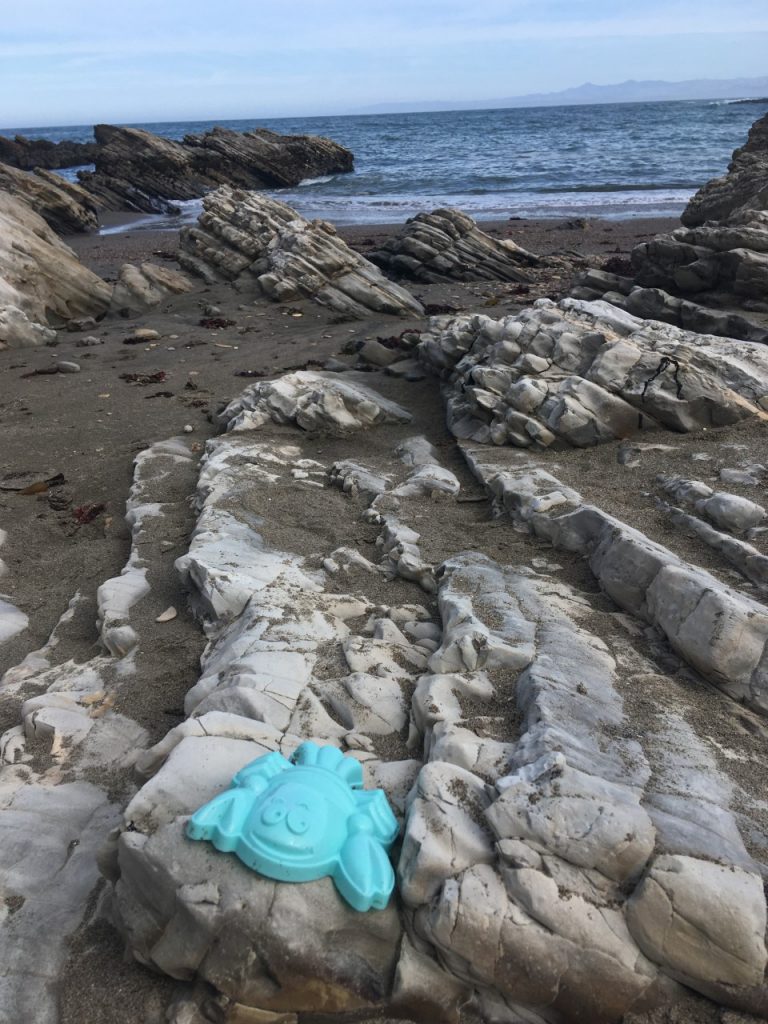
Morro Bay Trash Tracker
We know that it’s always best to pack out what you pack in when hiking, pick up after your picnic at the beach or park, scoop the poop behind your dogs and cats, and do your part in keeping our seas trash free. However, trash still ends up in places where it shouldn’t be. You can help your community and local wildlife by cleaning up and filling out the digital data sheet on our Morro Bay Trash Tracker page.
With your help, we can which items are left behind most often and where they’re found. With this knowledge, we can find ways to address items and locations of concern and help people create bay-friendly trash habits in the future. So, whether you’re participating in an organized cleanup or just taking an extra bag with you on a beachfront walk with a friend, please fill out the trash tracker form. It comes right to the Estuary Program and all data helps!
Wildlife projects
Morro Bay Biodiversity Project on iNaturalist
Contribute to biodiversity research by documenting the plants and animals you see. When you’re within the Morro Bay estuary or watershed, you can even add your observations to the Estuary Program’s Biodiversity project to help us see what animals and plants are seen in specific parts of our study area.
This app also works as a sort of scientific social network, allowing you to upload a picture of a species you’d like help identifying, and discuss it with other members.
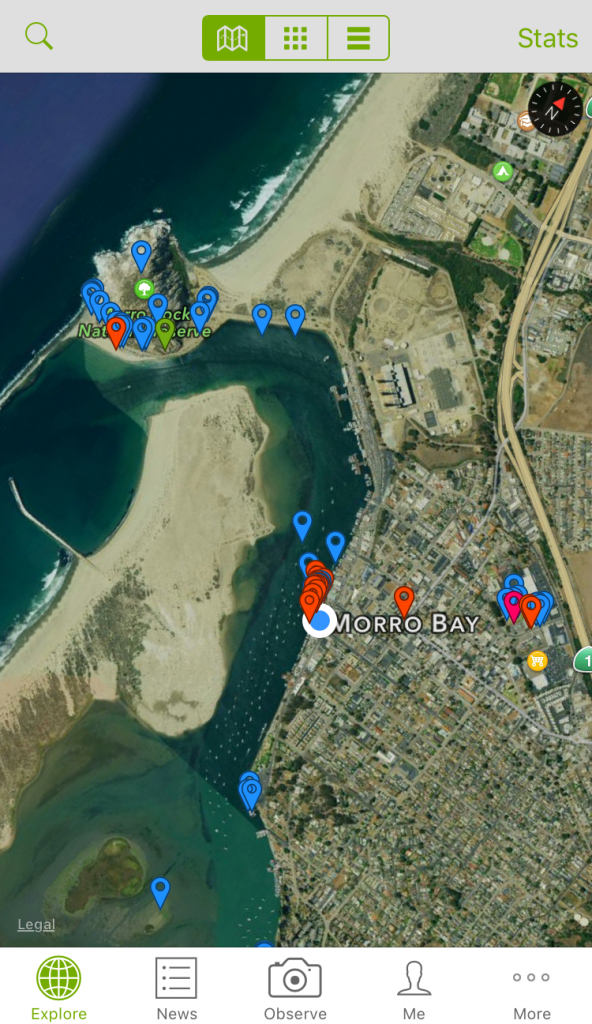
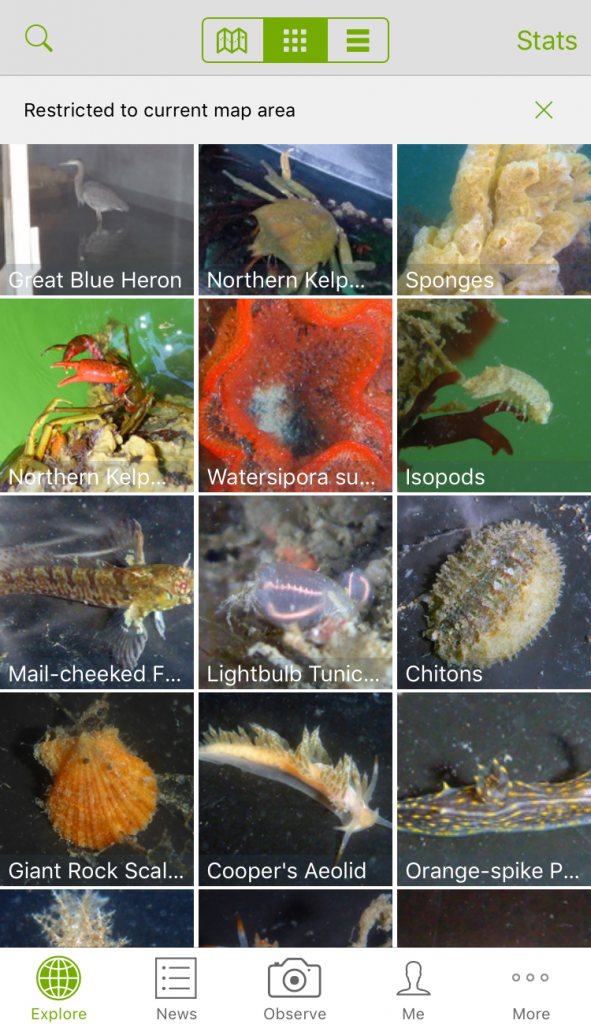
Audubon’s Humming Birds at Home
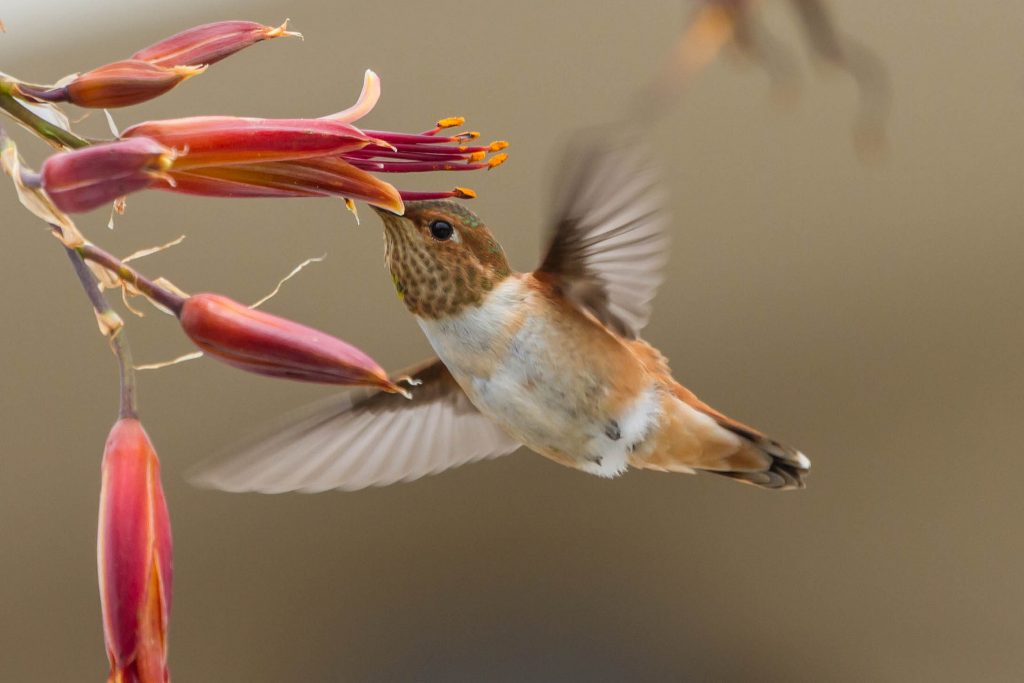
Do you have a beautiful bay-friendly garden that is starting to bloom? Do you focus on planting natives that entice pollinators to visit? You might be the perfect person to help Audubon track hummingbirds through the Hummingbirds at Home app. This free app is easy to use, and the website includes an introductory video and thorough instructions. You’ll help Audubon figure out what plants hummingbirds in your yard are feeding on, and as well as their feeding frequency and other patterns.
Allen’s humingbirds, like the one in the photograph above, are one of the species Audubon is most interested in tracking. This colorful bird is expected to lose up to 90 percent of its West Coast breeding range in this century due to climate change. Learn more about Allen’s hummingbird and its plight.
Weather
Morro Bay Rain Trackers
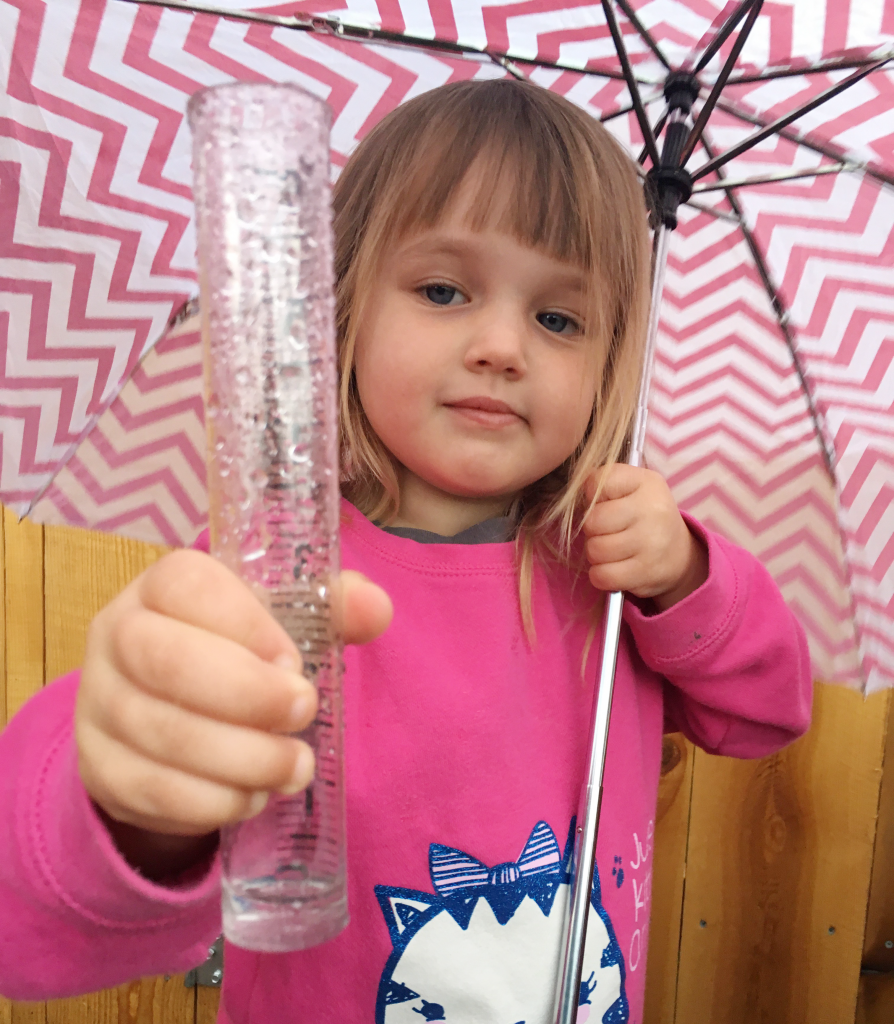
Help the Estuary Program track how much rain falls on the land the drains to the bay. Keeping a record of local rainfall helps us understand what we can expect to see happening in the bay. Pick up your rain gauge from our office, place it near your home in an area where it is completely open to the sky, and begin recording on our easy-to-use digital form.
You can see the results from your station and averages for different areas in the watershed throughout the year. This data helps inform us about what we can expect to see happening in creeks and in the bay.
mPing
While NOAA has sophisticated radar and weather modeling capabilities, they can’t know exactly what’s happening on the ground. That’s where you come in. If it’s raining, hailing, or snowing in your neck of the woods, NOAA wants to hear about it. Your data will help them develop new forecasting and radar technologies.
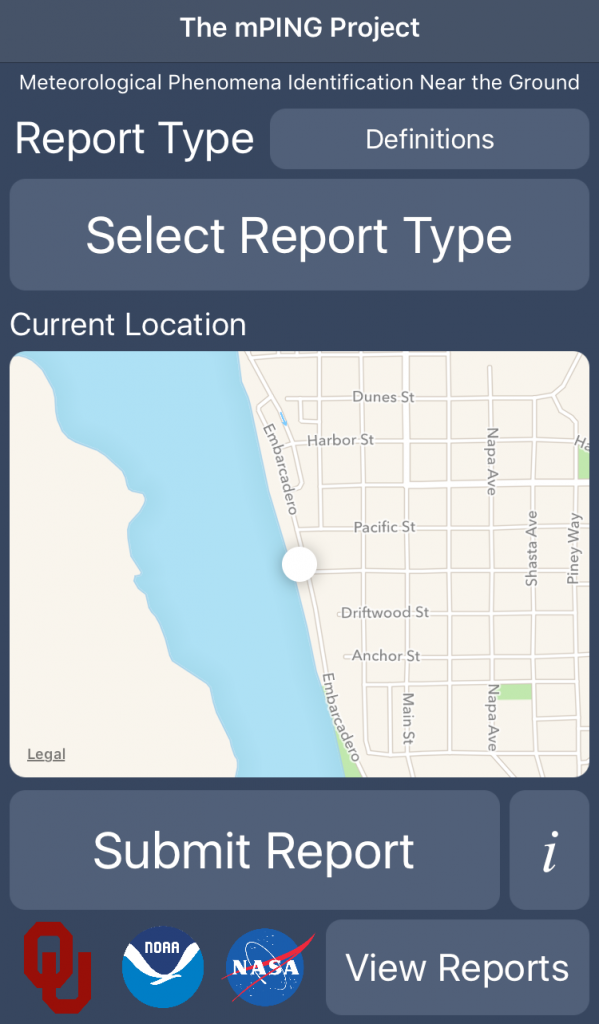
Find more opportunities
You can find additional community science opportunities (also called citizen science opportunities) online. Here are some databases to be sure to check out:
- SciStarter.org: Offers a fully customizable community project search engine, so you can find exactly the right opportunity for you. This website also explains community science in depth and offers a tutorial on how to get involved.
- CitizenScience.gov: Community science opportunities offered by federal agencies
- National Geographic recommended community science opportunities
No matter what project you participate in, you’ll be adding to scientist’s knowledge and expanding the scope of their projects. That is always a good thing!
Help protect and restore the Morro Bay estuary
- Donate to the Estuary Program and support our work in the field, the lab, and beyond.
The Estuary Program is a 501(c)3 nonprofit. We depend on funding from grants and generous donors to continue our work. - Support us by purchasing estuary-themed gear from ESTERO. This locally owned and operated company donates 20% of proceeds from its Estuary clothing line and 100% of Estuary decal proceeds to the Estuary Program. Thank you, ESTERO!
- Purchase items from the the Estuary Program’s store on Zazzle. Zazzle prints and ships your items, and the Estuary Program receives 10% of the proceeds. Choose from mugs, hats, t-shirts, and even fanny packs (they’re back!) with our fun Estuary Octopus design or our Mutts for the Bay logo.